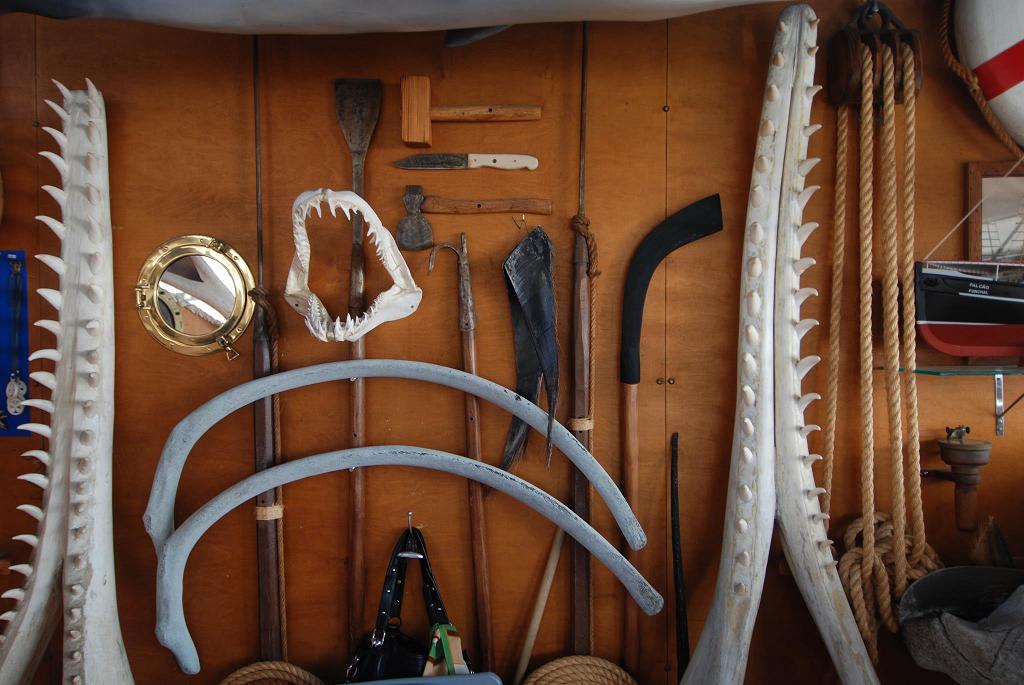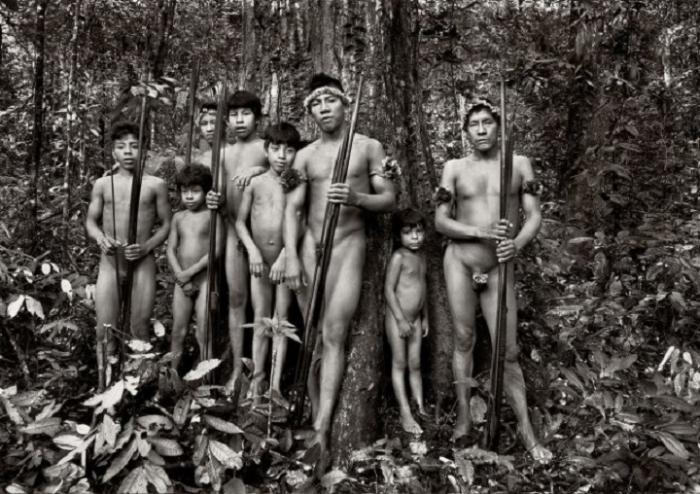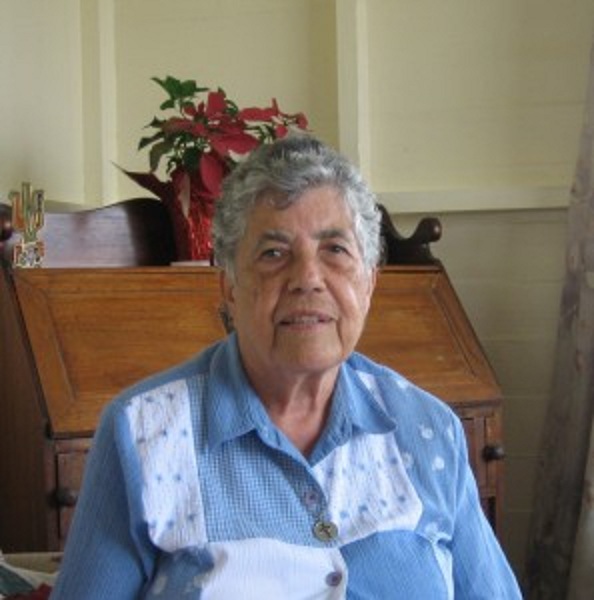Life in the Guyanese interior has always been tough, and the hunters there will have seen plenty of danger. But for the Madeirans, no hunt was as dangerous, as remarkable or as cruel as the one they’d left behind: the whale hunt.
This was no factory whaling. No, here the whalers rowed out to the whales in open boats. A harpoon was then plunged into the whale’s flanks, and it was then played out on long lengths of rope. After an hour or so, the whale would re-surface and the men would then start to spear it, trying to hit the heart. Sometimes they even climbed on the leviathan’s back, and many men lost their lives in this way. Remarkably, whales continued to be hunted in this way until 1983, when whaling was banned.
Today, all that remains are a few old whale hunters in Canisal, a whaling museum, and a few bone carvers (using the last of their whale bone stocks). This is the inside of one of the carver’s huts, adorned with all his hunting equipment. No one is sad that this savage industry is over, but one cannot but marvel at these last, disappearing relics of a brutal time.






